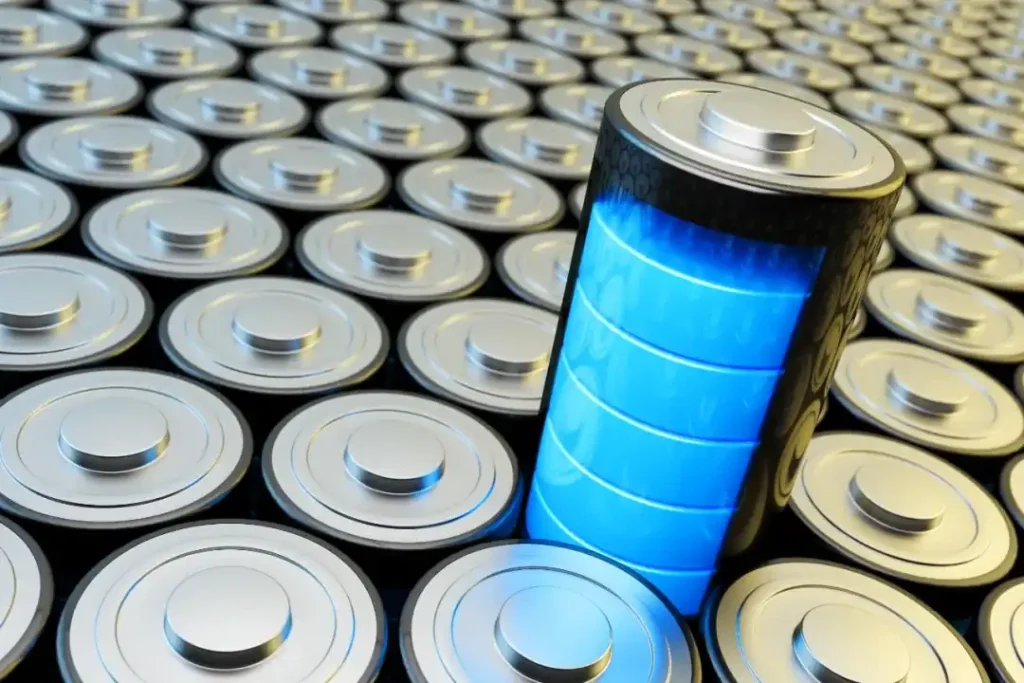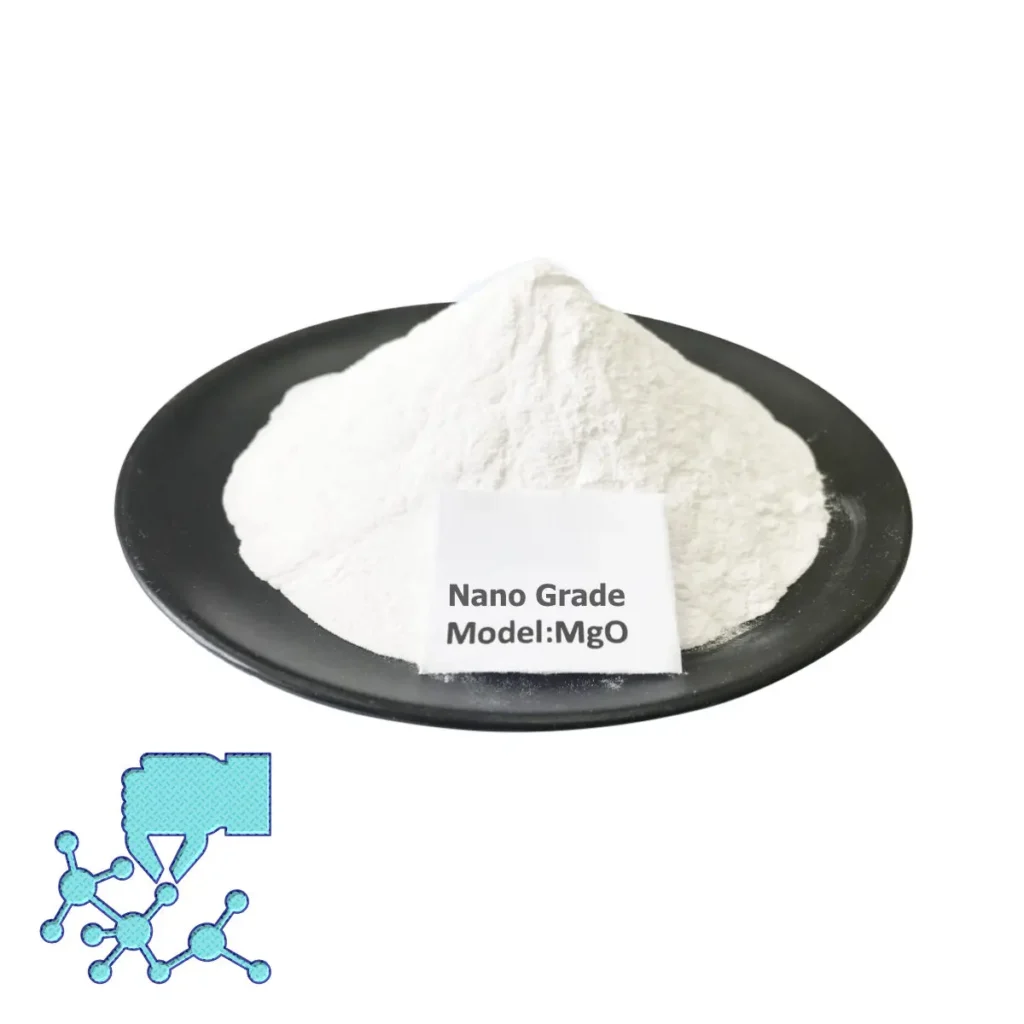The core properties of nanomagnesium oxide in battery applications include its high purity, large specific surface area and good dispersibility. This material is usually in the form of white powder, non-toxic and odorless, and has excellent physical and chemical stability.
The specific performance of nanomagnesium oxide in battery applications is as follows:

In lithium-ion batteries
The addition of an appropriate amount of nano-magnesium oxide can significantly improve the discharge capacity and cycle performance of the battery. For example, the addition of 0.3-0.5% nanomagnesium oxide can make the positive electrode material of the lithium-ion battery have a reversible discharge capacity of more than 140mAh/g and good cycle performance.
1. Lithium-ion batteries choose to add 10-100g/L of insoluble solid particles such as TiO2, SiO2, Cr2O3, ZrO2, CeO2, Fe2O3, BaSO, SiC, MgO with a diameter between 0.05-10μm, and the prepared materials have the characteristics of good charge and discharge efficiency, high specific capacity, and stable cycle performance as lithium ions.
2. Lithium battery positive electrode materials, using nano magnesium oxide as a conductive dopant, generate magnesium-doped lithium iron manganese phosphate through solid phase reaction, and further make nanostructured positive electrode materials, whose conductivity can reach 10-2S/cm and actual discharge capacity reaches 240mAh/g. This new positive electrode material has the characteristics of high energy, environmental protection, and low price, and is suitable for liquid and colloidal lithium-ion batteries, small and medium-sized polymers, and especially for high-power power batteries.
3. Optimize the capacity and cycle performance of spinel lithium manganese oxide batteries. In the electrolyte of lithium-ion batteries using spinel lithium manganese oxide as the positive electrode material, nano magnesium oxide is added as a deacidifying agent, and the added amount is 0.5-20% of the weight of the electrolyte. By deacidifying the electrolyte, the content of free acid HF in the electrolyte is reduced to below 20ppm, reducing the dissolution of HF on LiMn2O4, and improving the capacity and cycle performance of LiMn2O4.
4. An alkaline solution of nano magnesium oxide as a pH regulator and an ammonia solution as a complexing agent are mixed and added to a mixed aqueous solution containing cobalt salt and nickel salt to coprecipitate Ni-CO composite hydroxide. Lithium hydroxide is added to the Ni-CO composite hydroxide, and the mixture is heat treated at 280-420°C. The resulting product is heat treated in an environment of 650-750°C. Depending on the coprecipitation time, the average particle size of the lithium composite oxide is reduced or the bulk density is increased. When lithium composite oxide is used as an anode active material, a high-capacity lithium-ion secondary battery can be obtained, and the actual amount of nano-magnesium oxide added depends on the specific formula.
In zinc-nickel batteries
The addition of nanomagnesium oxide can reduce the charge and discharge polarization, reduce the internal resistance in the later stage of the cycle, and improve the utilization rate of the negative plate active material. The recommended addition amount is 1.0%wt.
In high zinc chloride batteries,
A small amount of nanomagnesium oxide can adjust the acid-base balance of the electrolyte, slow down the self-discharge rate, inhibit the battery gas expansion phenomenon, and improve the battery’s storage performance and discharge capacity.
In lithium-sulfur batteries
Nano-magnesium oxide doped porous carbon materials can effectively fix polysulfides, improve the utilization rate of active materials, and improve the electrochemical performance of batteries.

